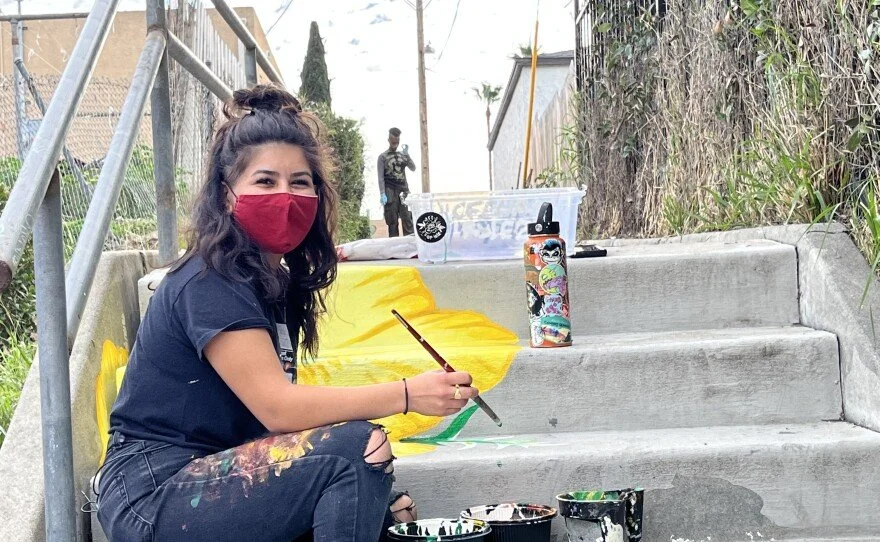Which one is your favorite? Rank projects 1, 2, and 3 based on your preference (1 being your top choice and 3 being your last choice).
E-Bike Ownership Program: Approximately 75 e-bikes with locks, helmets, and baskets for 75 recipients.
E-Vehicle Sharing Program: The purchase of one e-vehicle that a local Community-based organization will manage for a community car-sharing program.
Community Beautification: Wayfinding (signage that shares key areas to walk or bike to) and Community Art Project(s).
Who is eligible to vote?
Anyone at any age who lives, works, goes to school, plays in Southeastern.
Project Background about the Southeastern Community Mobility Roadmap
The Southeastern Community Mobility Roadmap is a community-developed plan that engaged multigenerational community members throughout Southeastern to share their current transportation priorities and their vision for the future of transportation in Southeastern. With funding from Supervisor Nathan Fletcher’s office and the California Air Resources Board, Pueblo Planning partnered with GRID Alternatives, Greenlining Institute, and four Southeastern community-based organizations (I Am Green, The Urban Collaborative Project, Project New Village, and San Diego Urban Sustainability Coalition) to engage community members in Southeastern and co-develop the mobility roadmap.
Due to the community engagement efforts, the planning team and community-based organizations successfully advocated for $1.5 million in the City of San Diego’s budget to implement a couple of the community’s main priorities shared during the engagement process. Apart from the $100,000 available for the community to vote on, this year’s City of San Diego budget also includes $700,000 for 47th Street and Hilltop’s Drive Safe Streets (adjacent to Gompers Preparatory Academy); and $800,000 for street lights placed near parks, schools, and key transit stops in Southeastern District 4!
Through the planning process, community members identified current transportation needs and their vision for the future of transportation. Three pilot projects from that list of priorities could fit within the budget and be implemented relatively quickly.





